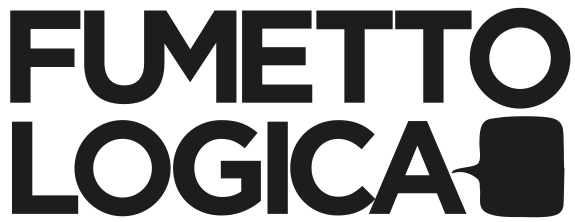Every week on “Sunday Page” an author has to choose a single page from a comic book. It could be for sentimental reasons o for a particular technical achievement. The conversation could lose itself in the open water of the comic book world but it will always start with the question: «If you had to choose a page from a comic book you love, what would you choose and why?»
This Sunday I’m out with Francis Vallejo is an award-winning, American artist residing in Detroit whose works have been exhibited in major national publications, art galleries, and museums. Vallejo has created artwork for a host of notable clients including Candlewick Press, Snapple, VIBE, and Camelbak. He has shown in The Anchorage Museum, al Society of Illustrator’s Museum of American Illustration, Gallery Nucleus, and Pixar studios. Vallejo recently debuted Jazz Day, written by Roxane Orgill and published by Candlewick Press. He is an Assistant Professor of Illustration at the College for Creative Studies.

I’ve selected a page from Mort Cinder by the Argentine artist Alberto Breccia. I was introduced to Breccia when I was a student studying with the great George Pratt. Pratt particularly introduced me to non-American comics and they’ve since remained my favorite. Anyways, he showed me a page from Mort Cinder and I was blown away. When I arrived back at my computer I scoured the internet for more copies of pages from Mort Cinder, Breccia’s masterpiece. I was blown away by how good EVERY page was. He has the graphic sensibilities of a Frank Miller, but the sensitive drawing of an Al Williamson. The energetic inking and experimental approach also really grabbed my eye and was the first time I had seen that type of work in comics. I later found a video of Breccia inking using the side of a razor blade. I took that technique and used it to ink the yellow hard book cover of my book Jazz Day. As far as this page is concerned, the more resolved and articulated characters juxtaposed against the stark white graphic trees really stuck with me, to the point that I borrowed that idea for one of my pages. I’m happy to discover that they have released Mort Cinder translated to English, although I have not read a copy yet unfortunately. I look forward to it though!
So, could you elaborate on why did you choose this particular page?
I chose this page because it opened up a whole new world of picture making for me. I grew up on American comics, particularly via Todd McFarlane and his work on Spawn. I love that artwork, but many mainstream American comics back in the 90s weren’t as experimental as their European counterparts – or at least the ones I absorbed as a teenager. So when I went to college, my vision of comic book work was Todd McFarlane, Jim Lee, John Buscema, etc. When I was shown European comics, particularly Mort Cinder, I was so excited to see such experimentation with negative and positive space and expressionistic mark making alongside extremely high level drawing. It felt like art house comics. In the United States, this type of experimentation I described WAS being done in 1940-60s magazine illustration, but it didn’t fully make it to comics. Now with Breccia and others, I saw how this level of experimentation would look like in ink for comics. This page specifically used completely stark white trees against a minimal black sky for the background. There is almost a complete lack of detail within the background – just silhouettes. Now the figures, especially the faces had wonderful detail and expression. Breccia varied the amount of detail in the bodies depending if he wanted the bodies to blend into the backgrounds or not. I believe he used a towel wet with ink to create some of the texture on the jackets. The dry brush on the moon rounded out the gourmet of marks in these 4 panels. The mixture of the graphic impact and organic drawing is incredible and opened up many new ideas to me as a young artist.
I’m curious: how did Pratt introduce the work to the class?
George didn’t necessarily share Breccia’s work to the class. He likes to have one-on-one meetings with students. During those meetings he always carried an iPad loaded with art! He knew I was interested in comics and ink work, so he decided to share samples of work from Breccia, Toppi, Battaglia, Hugo Pratt, etc to me. Breccia and Toppi were my initial favorites, with Mort Cinder the most impactful!
Since he was very original with his tools (the razor blades, as you mentioned, but he also used the rubber from a bicycle handlebar), do you think that Breccia’s work would have been the same if he had used a Wacom or other digital tools.
I’m familiar with the handlebar inking. I love that story! If Breccia had access to digital drawing tools and a tablet like a Cintiq, I’m sure he would have explored the tools. I don’t think he would ink his final imagery digitally Perhaps he would use it for his process work though. Someone like Moebius can effectively ink digitally because his later work used a very controlled and even line which was perfect to lay down digitally. I imagine it was incredibly important for Breccia to be able to use different tools around his home and studio to ink with and to not know what types of marks they would make. I would imagine artists like him like to react to the unknown and that is hard to do digitally many times. I’m sure many artists would argue with that opinion, but that is how I truthfully think Breccia would approach that option.
Do you use digital? Does that change the way you draw?
I recently purchased and Cintiq a little over a year ago, and I use it for the bulk of my process work now, from thumbnailing, to tight sketching, and value and color studies. I do still draw or paint my final artwork by hand as I prefer the mistakes that happen during that process. I then might tough up and tweak the image a bit digitally before I send it to a client. Digital sketching (with a digital pencil) isn’t that different than sketching by hand. When I try to ink digitally, I do struggle to maintain the life I get in my traditional inking. Like Breccia, I like the lack of control traditional tools provide, and the complete control of digital inks is hard for me. I have done it when I have VERY tight deadlines, but I prefer to ink traditionally. With all of that said, there are tons of very smart people working long hours on ways to bridge the gap between digital and traditional and I know that as time goes on digital tools will become better and better!
Besides the black/white contrast that you mentioned, is there a lesson you’ve taken from Breccia as an artist in your work?
Breccia taught me to be curious. It’s easy to view inking technically and within the possibilities of brush, nib, and marker. But Breccia taught me that inking can be done and applied with a limitless number of tools and they all offer potentially new marks. After all, inking ends up as black marks on a page, so the possibilities of how to make those marks


